Pirates of Nassau
Introduction
Text-to-speech Audio
While no physical evidence of it survives today, New Providence was once a base of operations for some of the most famous pirates of all time. During the golden age of piracy and privateering (1650 - 1730) the colony of New Providence, situated on the island of modern-day Nassau, grew from a minor coastal town to a safe haven for ex-privateers and pirates who preyed on targets throughout the Caribbean. New Providence harbored notorious pirates such as Charles Vane, Benjamin Hornigold, and the infamous Edward Teach (also known as “Blackbeard”). At their peak, the pirates of New Providence developed a governmental structure that could be considered to be the first “republic” within the Americas. This pirate republic posed a major threat to Spanish and British treasure shipments and the Caribbean slave trade.
Images
Edward Teach (Black Beard), Walking the Plank, from the Pirates of the Spanish Main series.
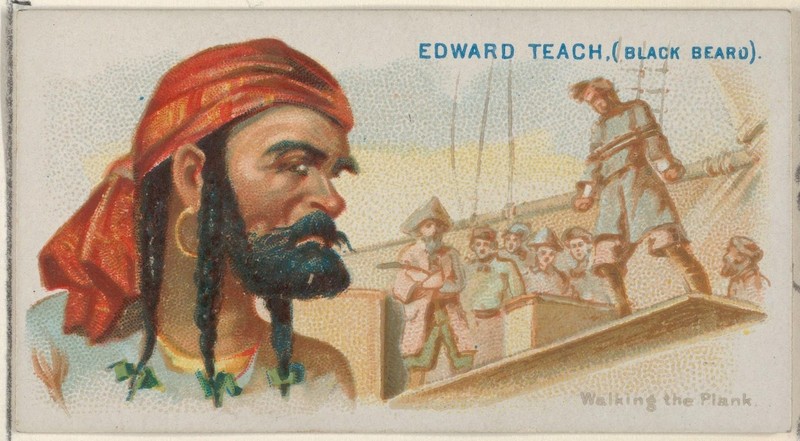
Charles Vane, Defying the Governor, from the Pirates of the Spanish Main series.
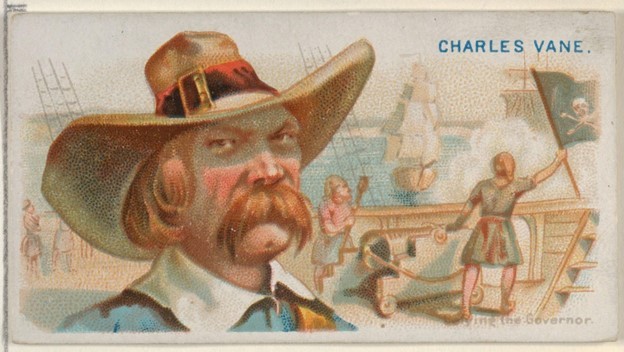
Port Nassau
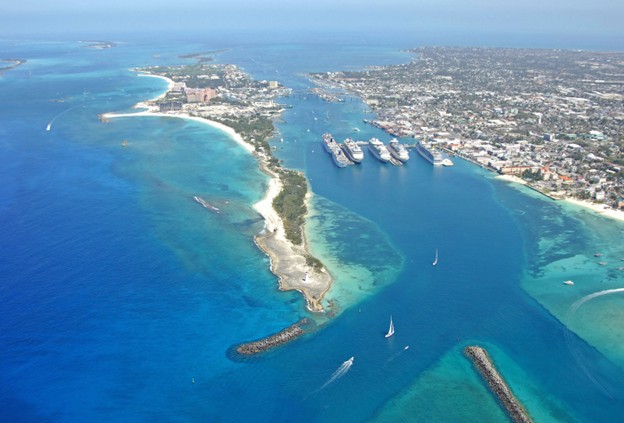
Illustration of Anne Bonny and Mary Read.
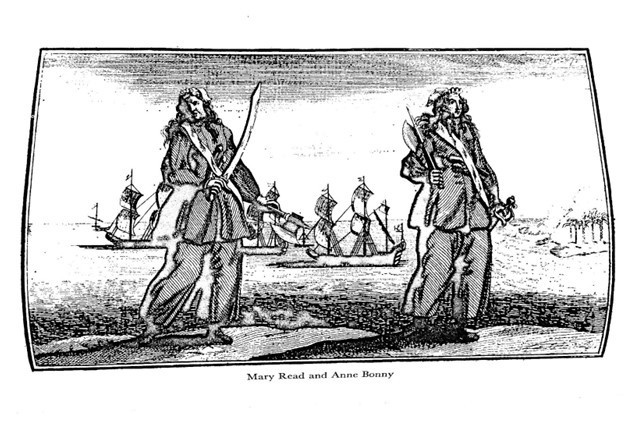
Black Beard the Pirate
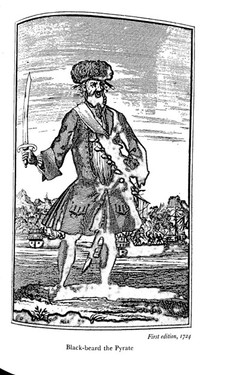
Backstory and Context
Text-to-speech Audio
New Providence originated as an English colony, serving mainly as a base for privateering against Spanish ships and settlements. The colony was highly contested, though. It was repeatedly invaded by the Spanish and French. In 1706 the House of Lords appealed to England’s Queen Anne for Crown rule over the Bahamas, but the government made no effort to secure the islands until English pirates had made Providence their refuge more than a decade later.
In the meantime, Providence was left with little oversight by any government. This, combined with the island’s proximity to trade routes from the Caribbean to the Atlantic, fostered an environment for pirates to flourish. This appealed to the likes of Captain Benjamin Hornigold, an ex-privateer for the English navy who was put out of work by the end of the War of the Spanish Succession in 1714. Hornigold preyed on Spanish treasure ships using Providence as his base. Word of his success attracted more pirates to Providence, including Anne Bonnie, Charles Vane, and Edward Teach.
With so many pirate crews in Providence, some regulation was necessary to avoid unwanted attention and to fairly distribute plunder. Captain Hornigold organized a meeting of prominent figures, which decided on a coalition that Hornigold labeled a “republic”. In practice the coalition was more like a confederacy than a republic, but its values were surprisingly democratic. Votes were to be held to elect captains and make important decisions. All agreed not to attack English vessels, though this later proved unsustainable.
The fall of the pirate republic began when Captain Hornigold was deposed by his crew, urged on by Anne Bonny and Charles Vane, for refusing to attack English vessels. The pirates of New Providence began preying on English vessels, including slave traders. The pirates typically set the enslaved people free or encouraged them to join the ranks of the pirates. This caught the attention of Parliament and King George ⅠⅠ. They sent a new royal governor, Woodes Rogers, with warships to take control of New Providence. Those who agreed to crown rule were to be granted pardons, while those who opposed were to be hanged. Many, including Hornigold, quickly signed the proclamation, but Teach abandoned Providence for the Carolinas. Charles Vane refused the proclamation and did battle with Rogers and his warships, but was deposed by his crew, captured, and hanged. There is little further record of the island under British control, signifying that it may not have been very important to the English after the removal of the pirates.
Sources
Defoe, Daniel. A General History of the Pyrates. University of South Carolina Press, 1972.
Wilson, David. Suppressing Piracy in the Early Eighteenth Century. Cambridge University Press, 2021.
Leeson, Peter T. "An-arrgh-chy: The Law and Economics of Pirate Organization." Journal of Political Economy 115 (2007): 1049-1094.
Rediker, Marcus. "'Under the Banner of King Death': The Social World of Anglo-American Pirates, 1716 to 1726." William and Mary Quarterly 38 (1981): 203-227.
Publisher: Allen &, et al. Edward Teach (Black Beard), Walking the Plank, from the Pirates of the Spanish Main Series (N19) for Allen & Ginter Cigarettes. Commercial color lithograph, ca. 1888. <a href="https://www.metmuseum.org/">The Metropolitan Museum of Art</a>, JSTOR, https://jstor.org/stable/community.18379802. Accessed 11 Dec. 2022.
Publisher: Allen &, et al. Charles Vane, Defying the Governor, from the Pirates of the Spanish Main Series (N19) for Allen & Ginter Cigarettes. Commercial color lithograph, ca. 1888. <a href="https://www.metmuseum.org/">The Metropolitan Museum of Art</a>, JSTOR, https://jstor.org/stable/community.18379713. Accessed 11 Dec. 2022.
Nassau (The Bahamas) Cruise Port Guide Review (2022), IQCruising. January 9th, 2022. Accessed December 12th, 2022. https://www.iqcruising.com/ports/caribbean/bahamas/nassau/index.html.
Defoe, Daniel. A General History of the Pyrates. University of South Carolina Press, 1972.
Defoe, Daniel. A General History of the Pyrates. University of South Carolina Press, 1972.
